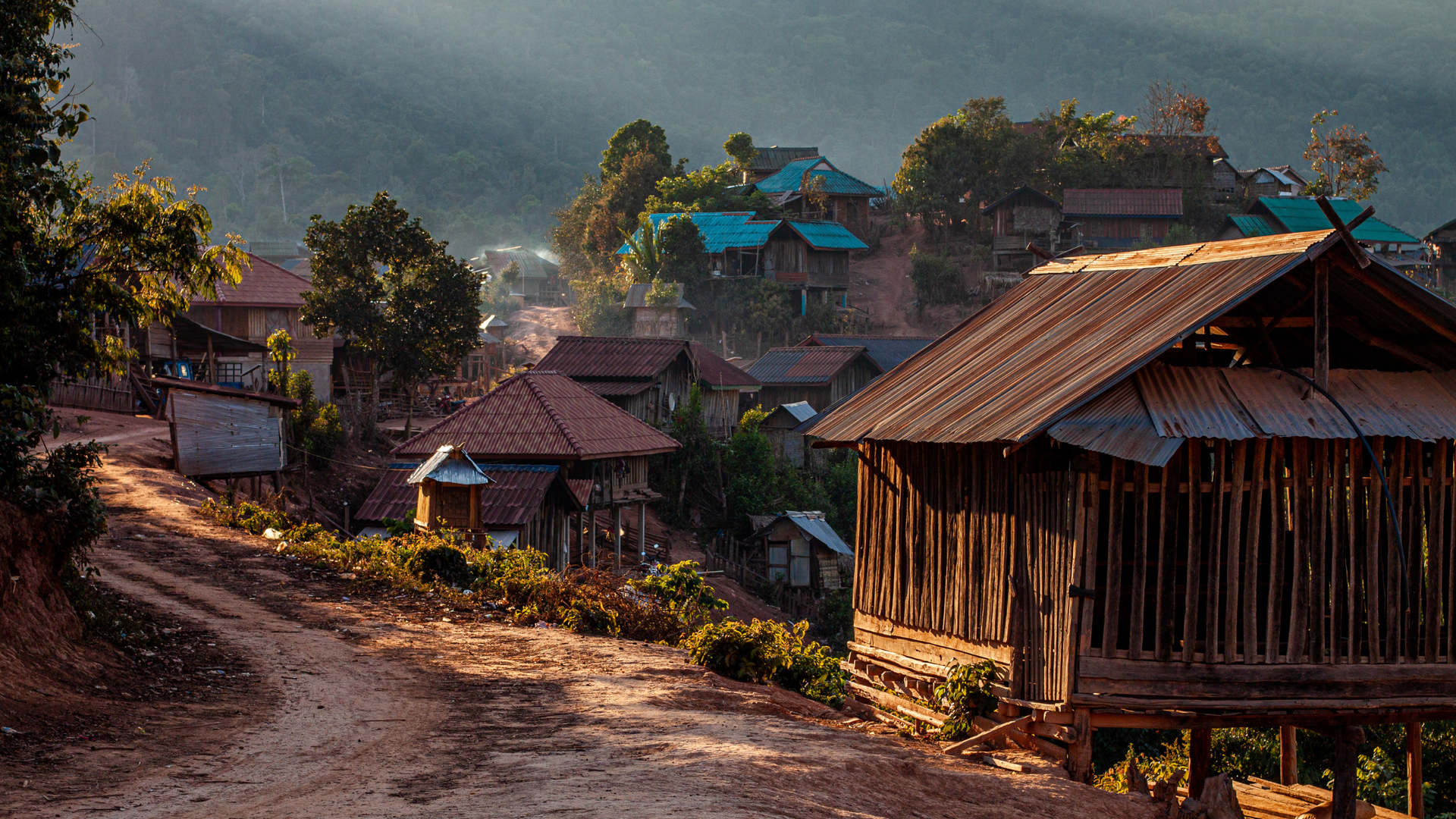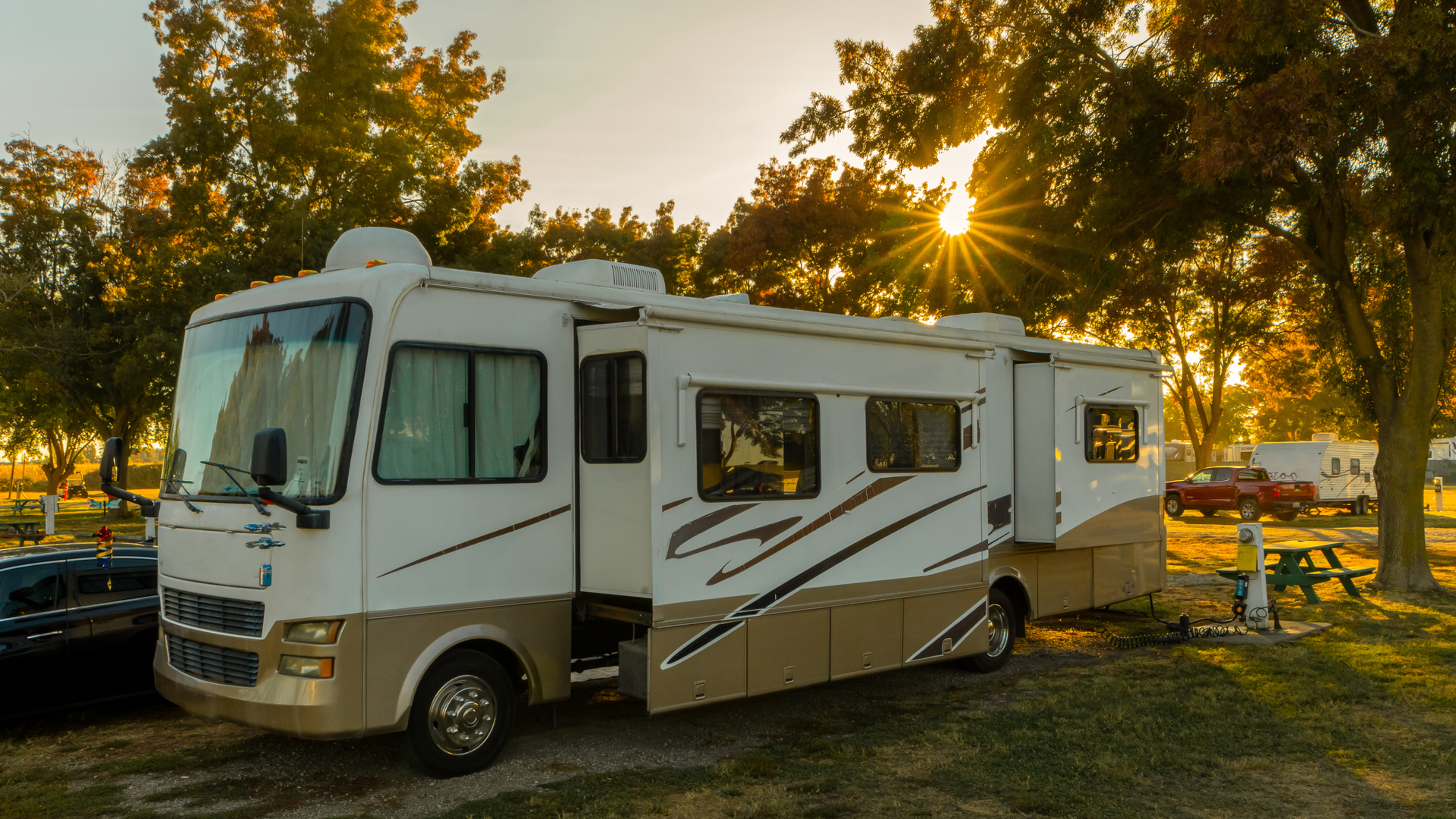Crew Housing During Winter Projects: What Works and What Freezes
Winter projects in the U.S. do not just test materials and crews. They test your housing choices. Pick the wrong setup and pipes freeze, commutes stretch, and productivity slides. Pick the right setup and your team sleeps warm, eats well, and shows up ready. This guide zeroes in on what works in winter and what freezes, with a practical focus on temporary construction housing that keeps schedules intact.
Why winter exposes the weak points in crew lodging
When weather turns, every extra mile from the jobsite multiplies risk. Federal Highway Administration data show that each year about 24% of weather‑related crashes occur on snowy, slushy, or icy pavement, and more than 1,300 people are killed and over 116,800 injured on such surfaces. That is not abstract for construction teams who must commute before dawn on untreated roads. Shortening winter commutes is not just a comfort call. It is a safety and schedule hedge.
Cold also hits humans hard. OSHA’s winter weather guidance lists hypothermia, frostbite, trench foot, and chilblains as credible risks, and emphasizes employer responsibilities for training, engineering controls, draft shielding, and warmed shelters. For night and early‑morning crews, quality sleep in a consistently heated space is part of that risk reduction. If housing cannot maintain stable indoor temperatures or forces long, frigid walks to exterior entries, you invite avoidable cold stress before the workday even starts.
What freezes: RVs and quick‑fix motels in subfreezing reality
RVs look flexible on paper, yet winter exposes their limits. Within the last 12 months, RVers across Reddit documented the reality: heated hoses still freezing during single‑digit nights, regulators icing up at 3°F, sewer lines turning into “poopsicles” if valves are left open, and moisture building into mold under mattresses and along window sills. These threads converge on the same fixes and caveats: disconnect from city water overnight, rely on the fresh tank and pump, add regulated heat to underbellies and tanks, and treat condensation control as non‑negotiable. They also show how campground rules can make or break viability, from bans on DIY skirting to metered propane requirements that add cost.
Public Facebook group discussions from the past year mirror those takeaways. Winter RVing threads repeatedly warn that “heated hose” does not mean “freeze‑proof” in sustained teens, and recommend true insulating skirting, heat tape, insulated regulators, or draining hoses nightly. New RVers ask for first‑winter skirting options and report success using foam board, heat tape, and insulated covers around vulnerable fittings. In short, RV winterization requires extra components, vigilant setup, and a cooperative site. Without all three, frozen lines are a matter of when, not if.
Quick‑fix motels and some extended‑stay hotels bring their own winter issues. Many rooms heat through PTAC or PTHP units that switch from heat‑pump mode to electric resistance strips as temperatures fall. That keeps rooms warm but can be less efficient and more finicky in extreme cold, with drafty wall sleeves working against comfort on windy nights. Crews also have limited ability to cook real meals unless in true kitchen suites. Front‑desk and hotel‑industry threads note that “light cooking” is sometimes tolerated for long stays, but policies vary and can change mid‑project, which complicates nutrition, budgets, and morale. As for price stability, major‑market rates climbed in 2024 and stayed elevated into 2025 in many cities, which makes weekly math unpredictable for multi‑month projects.
What works: temporary construction housing built for winter
When the goal is nights of uninterrupted sleep, predictable heat, and crew‑friendly kitchens, the solution that consistently holds up in winter is properly managed temporary construction housing near the site. Apartments and houses that meet common municipal and IPMC‑style standards are required to maintain indoor temperatures around 68°F during heating season, which is exactly what crews need for recovery and for keeping pipes from freezing. With a full kitchen, laundry, real living space, and private bedrooms, this setup eliminates the nightly question of where to eat, where to dry gear, and how to warm up before the next shift.
This is where our service at Hard Hat Housing fits best for winter projects. We secure fully furnished, utility‑included rentals close to the jobsite, with kitchens, laundry, Wi‑Fi, private rooms, and flexible booking, and we consolidate costs into one invoice. Our core offer is designed to beat hotel costs by roughly 25–35% while delivering the comfort and predictability of winter demands. For project managers, that means less exposure to surprise rate spikes, less time burned on grocery‑store logistics without a kitchen, and far fewer frozen‑pipe emergencies than you will see with RVs or exterior‑entry motels.
Winter economics: fuel, outages, and the real cost of “cheap”
Energy swings matter for winter housing math. EIA’s 2024–2025 Winter Fuels Outlook anticipated mostly similar household heating bills to the previous winter, but noted that colder temperatures could push consumption higher. Then wholesale natural gas and propane prices jumped faster than expected in late 2024 into January 2025, evidence that “cheap heat” is not guaranteed when you need it most. In an RV scenario that relies on propane and electric space heat, that volatility lands directly on crews. In a managed apartment with central heat and utilities bundled, you smooth those spikes and keep the thermostat steady.
PTAC‑heated motel rooms can also be vulnerable during deep freezes. Many PTHP units automatically switch to electric resistance when ambient temperatures fall below their balance point. That prevents outright failures but often delivers a dry, drafty heat that fights the cold seeping through the unit sleeve, which can be uncomfortable for overnight recovery. Housing that uses building‑grade heating systems inside an insulated envelope simply performs better when the thermometer drops for days.
A winter‑proof booking checklist for project leads
Start with commute control. Aim to keep winter commutes short, ideally within a local radius that avoids highways prone to ice closures. The FHWA puts hard numbers behind crash risk on snow and ice, and January 2025 provided living proof as Arctic air pushed hazards deep into the South. Tightening the radius around the site keeps your team off the most dangerous stretches and improves on‑time starts after overnight storms.
Insist on true residential heating standards. Ask for proof that the residence or building meets municipal heat requirements similar to the IPMC minimum of about 68°F during heating season. Confirm that cooking appliances are for cooking, not heating, and verify smoke and CO detection. For crews that bring wet, cold gear home, stable indoor temperatures plus regular airflow prevent the kind of condensation that leads to mold. Backstopping that with OSHA’s cold‑stress guidance on warm shelters helps you write SOPs that tie housing to safety.
Pick kitchens over microwaves. Real kitchens cut restaurant spend and improve nutrition. Industry guidance and hotel discussions make it clear that cooking in non‑kitchen rooms is usually limited or prohibited, which leaves crews eating cold food, paying delivery premiums, or improvising unsafe workarounds. Temporary construction housing that guarantees a kitchen, fridge, and enough table space to eat like adults pays for itself in morale and dollars within weeks.
Vet RV use case by use case. If you must use RVs, do not connect to city water during hard freezes. Fill the fresh tank, run the pump, and protect regulators, valves, and tanks with heat pads and insulation. Expect to skirt the rig and manage condensation with dehumidifiers and ventilation, or you will be bleaching black mold by February. Online discussions from this past winter show that even name‑brand heated hoses can fail in sustained teens, and that campground rules can undermine your entire plan. In many markets, apartments near the site are the steadier choice.
Build in flexibility for weather delays. Polar‑vortex cold snaps and multi‑day storms are no longer rare outliers. NOAA, NASA, and NWS coverage of January 2025 documented record freezes and snow closures across regions that seldom see them, which is exactly when a rigid hotel block or RV reservation becomes painful. Book housing with extension options and a clear change‑order path so an extra week does not blow up your budget or force a mid‑project move.
Use a housing partner who understands your needs. We position units near jobsites, include utilities and Wi‑Fi, schedule monthly cleanings, and support private rooms. That means fewer receipts, fewer surprises, and fewer 2 a.m. texts because the room heater quit. For project managers juggling schedules, subs, and weather windows, outsourcing winter housing logistics is often the fastest way to buy back hours and reduce risk.
Winter projects punish bad housing choices. RVs can work only with rigorous winterization, permissive campground rules, and hands-on management. Exterior‑entry motels and non‑kitchen suites ask your crews to recover overnight with drafty PTAC heat and microwaves. The option that consistently holds up is purpose‑selected temporary construction housing near the site, with real heat, real kitchens, private rooms, and flexible terms. That combination reduces cold‑stress risk, cuts winter commutes, and keeps your labor budget focused on work rather than workarounds. With the kind of Arctic outbreaks the U.S. saw in January 2025, the cost of “almost warm enough” shows up in overtime, attrition, and missed milestones. Make winter housing a project decision, not a travel errand, and you protect the schedule you bid.
Need winter‑ready crew housing near your site with kitchens, private rooms, and one invoice? Contact us at Hard Hat Housing and we will place your team in the right temporary construction housing fast.













